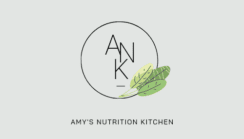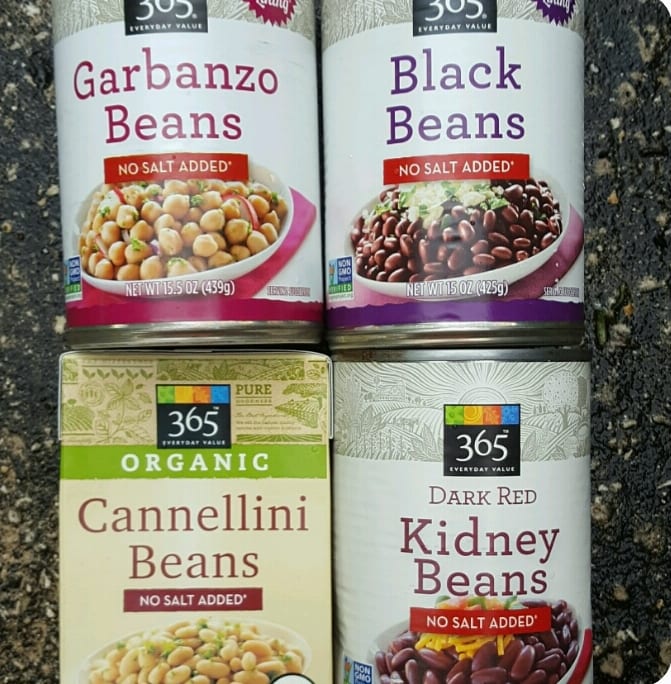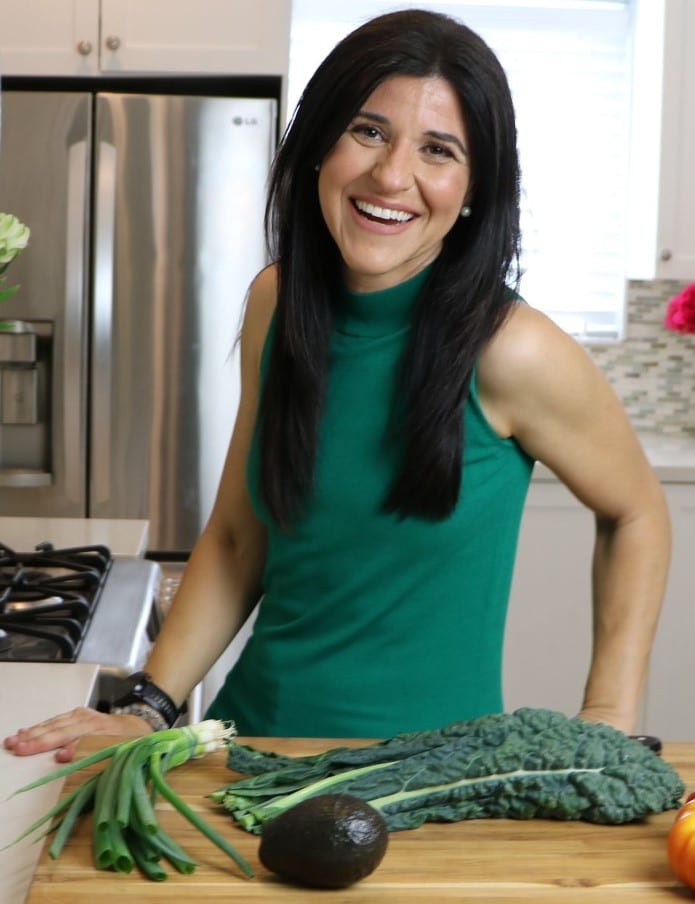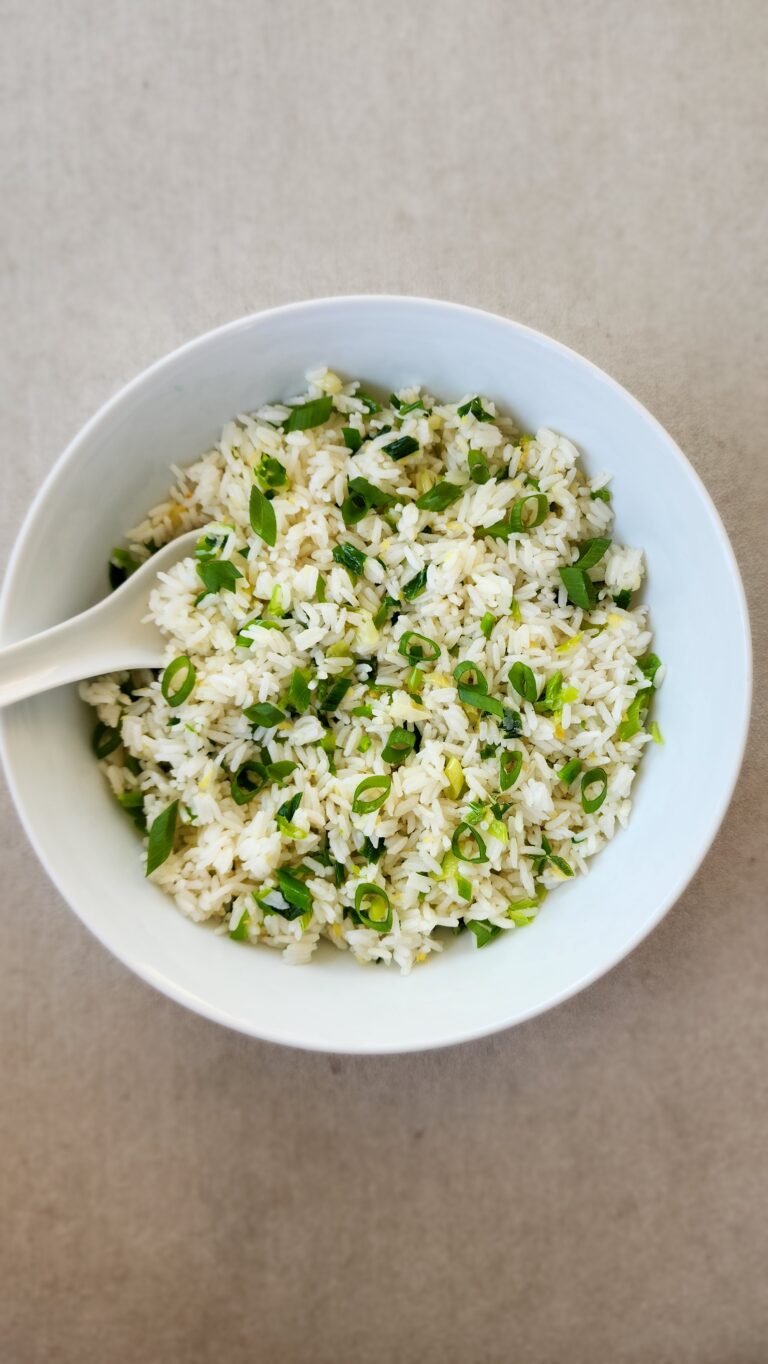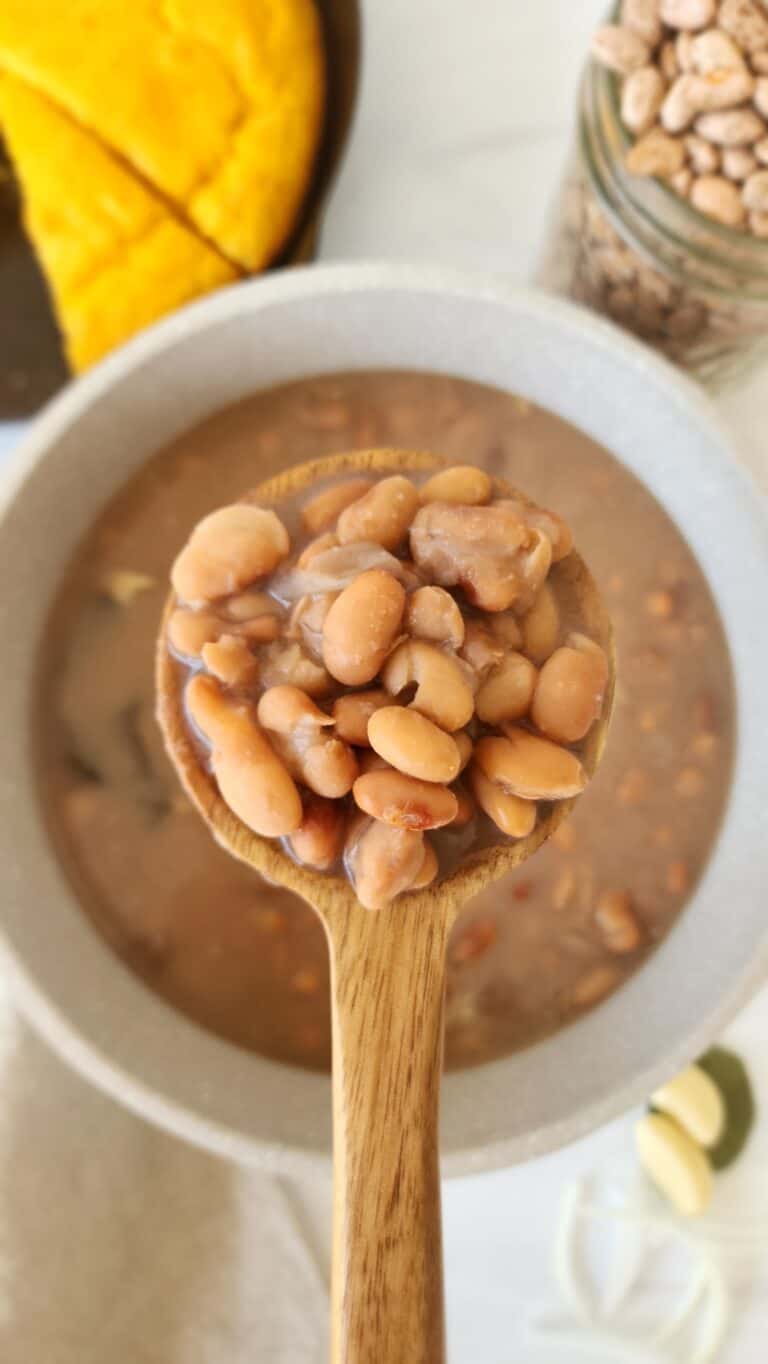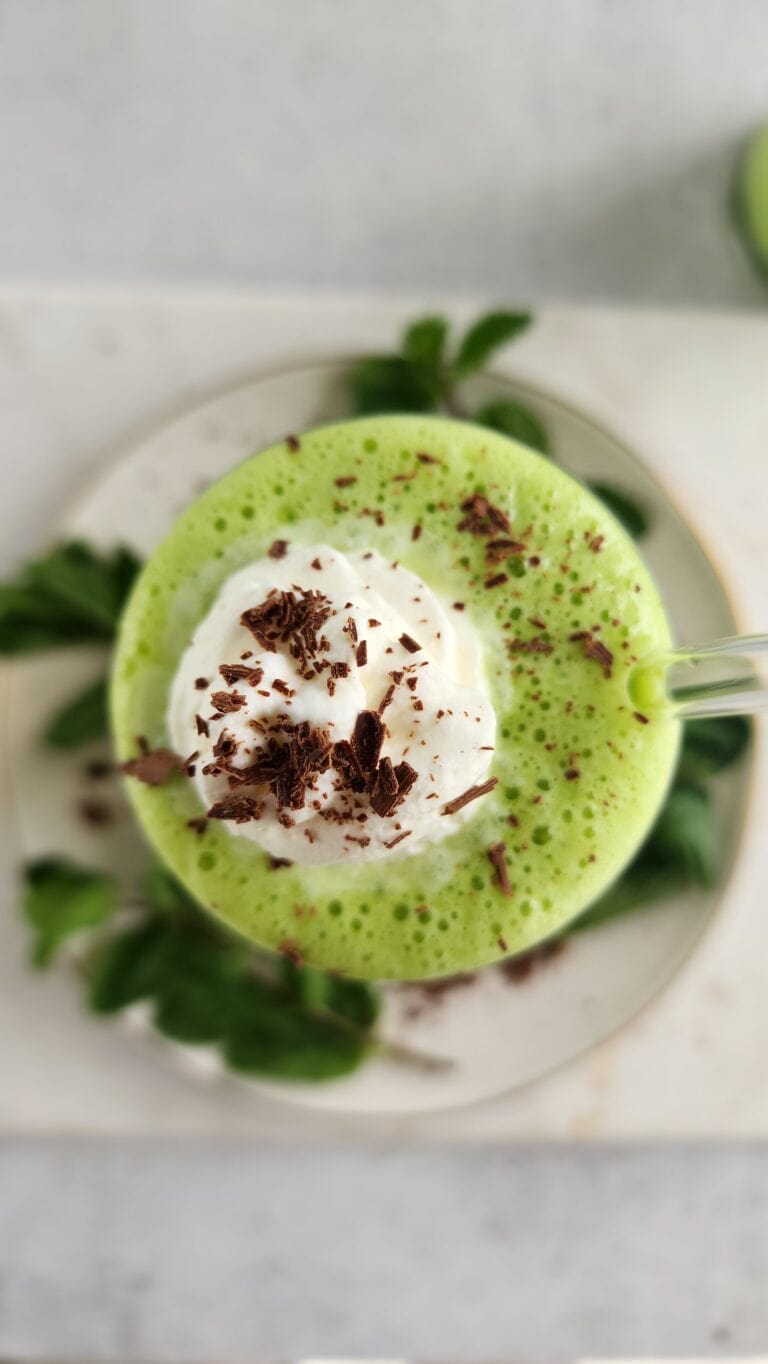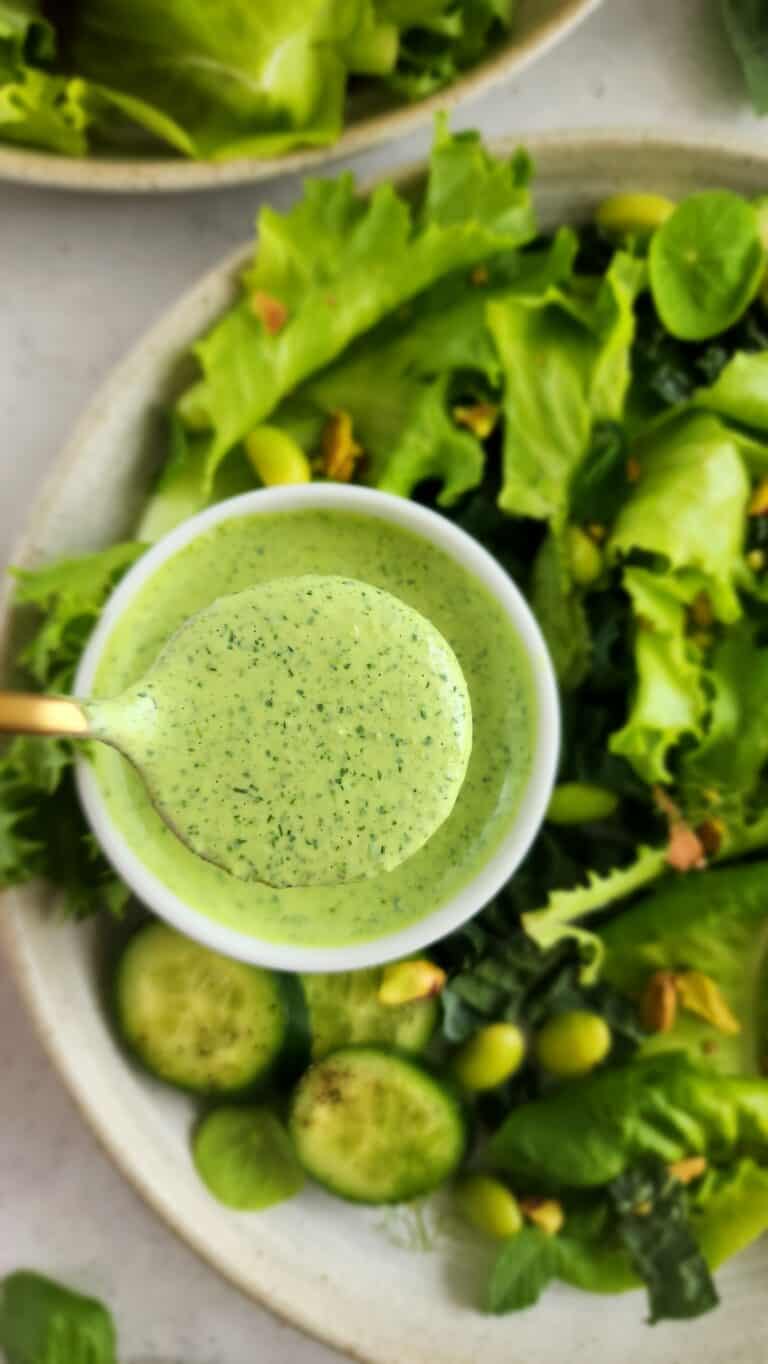Patients always tell me that they’re lost when it comes to shopping in the supermarket. They want a list of what to buy. I started a pantry in my office of products to have a discussion with patients about what to buy and what to look for when shopping (I have yet to make a handout). It can seem overwhelming at first, but I tell my patients, “start with replacing one item at a time” – this way the changes can happen slowly. The truth is, good nutrition starts with smart choices in the supermarket, just remember, NEVER go to the store hungry – that should just be obvious. Here are a few general rules to get you going:
The process starts even before you head to the grocery store. Have a PLAN! Plan your meals for the week – which meals will you make at home, what’s for lunch – and plan your list to shop from. This may seem obvious, but the truth is planning helps to avoid the pitfalls of stopping on the way home from work for take-out (because there’s nothing at the house to cook.) It’s easy to fall into this trap, believe me. So first a few rules of navigating the supermarket and then some products that are my go to staple items to have in the house.
Spend most of your time in the produce section. This many times can be one of the first areas that you encounter when you enter the supermarket. Choose a rainbow of colorful fruits and vegetables. The color reflects the different vitamin, mineral, and phytonutrient content of each fruit or vegetable. Fresh is best! Aim to have 5 to 9 servings of fruits and/or vegetables a day.
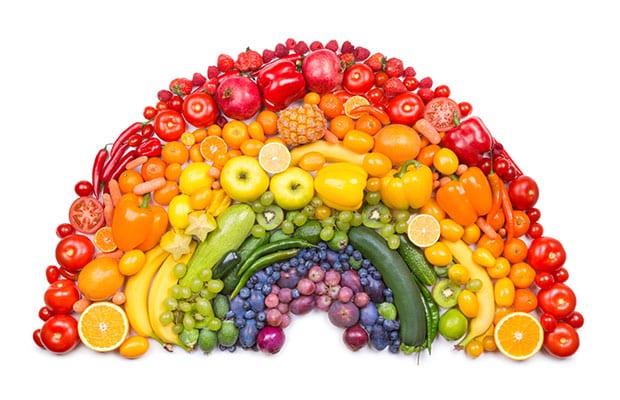
Breads, Cereals, and Pasta – choose the least processed foods that are made from whole grains. Regular oatmeal is preferable to instant oatmeal (not to mention preferable to all the flavored instant oatmeals out there as well.) Any patient in my office knows that I think cereal is one of THE worst foods out there. It’s a high load of carbohydrate with virtually little protein. I truly don’t have one boxed, cold cereal to recommend – and patients try to get me to tell them one. Oatmeal is a cereal and that would be the only one I would recommend (but even then you need to add protein to it via nuts or nut butters to help keep you fuller longer).
Bread, pasta, rice, and grains offer more opportunities to work whole grains into your diet. Choose a whole-wheat bread or pasta, brown rice, farro, quinoa, barley, freekeh – there are so many grains to choose from. The goal is to make at least half your grains whole. Experiment and see which ones your family likes and remember that there are many ways in which to prepare them. This is my favorite way to eat quinoa, Sweet Potato Quinoa Cakes.
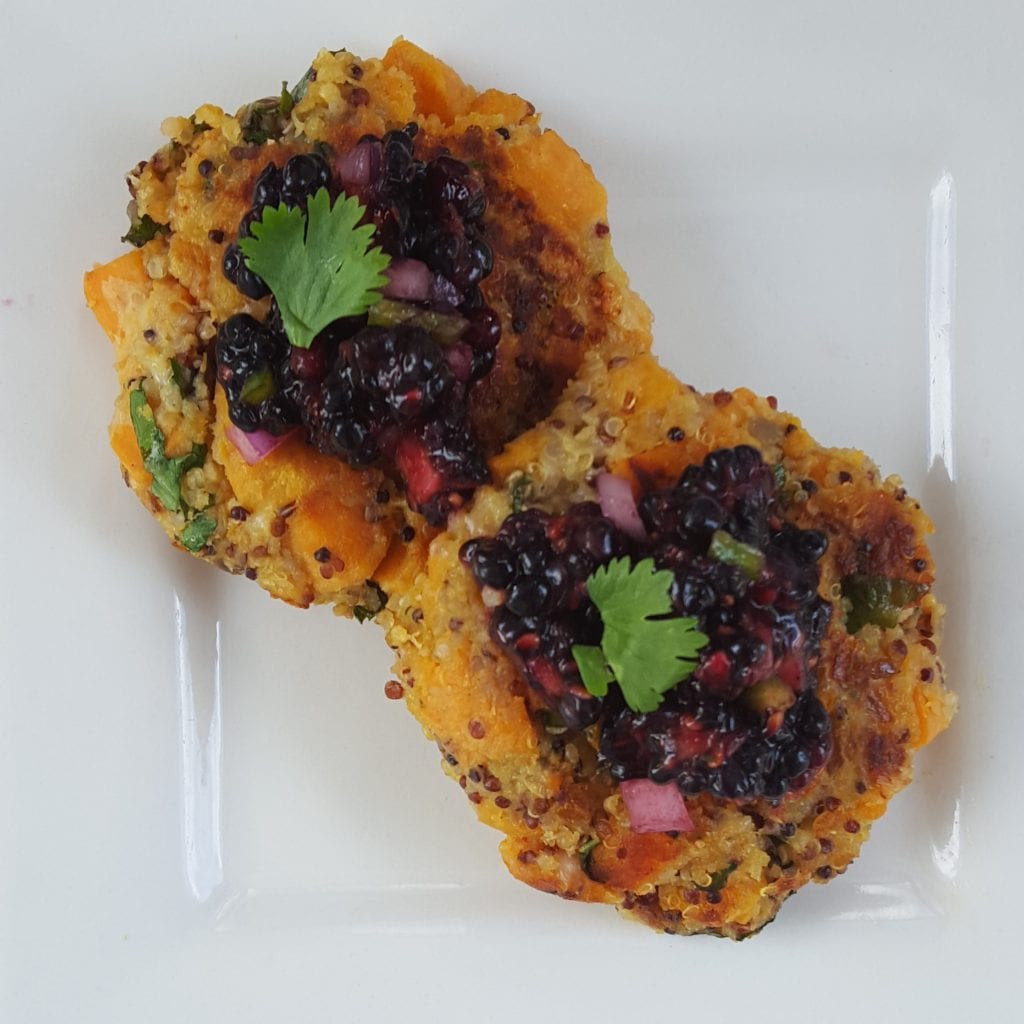
Meat, Fish, and Poultry. The American Heart Association recommends two servings of fish a week. Salmon is one that many people like (if you’ve found the way to cook it just right –Honey-Glazed Salmon) and it’s a good source of omega-3 fatty acids. Be sure to choose lean cuts of meat (like round, top sirloin, and tenderloin), opt for skinless poultry, and watch your portion sizes!
Dairy/Non-Dairy Milk Substitutes – Make sure to choose plain yogurts as much as possible. This is an area that in the next year when nutrition labels are updated, we’ll be able to see how much added sugar is really in the yogurt. My recommendation, buy plain as much as possible and add your own fruit in, along with cinnamon, and vanilla. In regards to the milk substitutes, i.e. almond milk, etc, make sure to choose unsweetened. These too will have a lot of added sugar and the goal is to keep our added sugars to a minimum.
Frozen Foods. Frozen fruits and vegetables (without any added sauces) are a convenient way to help fill in the produce gap, especially in the winter. Whole-grain waffles, frozen vegetables (picked right after harvesting), frozen fruits, and even pre-cut vegetables (think onions, green peppers) that can help out with minimizing steps for cooking!
Canned and Dried Foods – Keep a variety of canned vegetables, fruits, and beans on hand to toss into soups, salads, pasta, or other grain dishes. When possible, choose vegetables without added salt, and fruit that’s been packed in its own natural fruit juice. Here in Florida we’re in the midst of hurricane season, so it’s always a good thing to have a few of these canned food items on reserve, just in case. A few other items to have on hand as they are just staples to have in your pantry, canned tuna, nut butters (the natural kind – think one ingredient, peanuts!), olive and coconut oil, and assorted vinegars.
Remember, it’s been said many times before, but the truth is, shop the perimeter of the store. This is where the fresh fruit, vegetables, dairy, meat, and fish are usually located. Avoid the center aisles as that’s where most of the processed/junk food lurks.
Choose “real” foods, 100% whole-grain items, with as little processing and as few additives as possible. This can be a goal that you are working towards. Yes, they do make “whole-grain goldfish” crackers, but remember we’re trying to limit as much as possible some of the additives and preservatives. So while they might be trying to make these crackers a little healthier the truth is they still shouldn’t be a staple item to have around.
Stay clear of foods that have cartoons on the labels that are targeted to children (think of that cereal aisle – cartoon characters everywhere, not to mention all the sugary type cereals are right at the kids’ vantage point from the grocery cart!) If the junk food is available kids will eat it, so if you don’t want your kids eating junk food, don’t have it in the house. Sounds simple, but it is one of the biggest complaints I hear from parents to which I respond, “who buys the food for the house?” This is definitely a discussion to have with the whole family.
Avoid foods that contain more than five ingredients. This is getting hard to do at times, but it’s a good rule to try and follow. This year as I’ve been trying to make everything homemade there are a few items that I do still buy (bread, crackers) and I try to use this rule – So if it does have more than 5 ingredients I at least try to buy something that I can pronounce all the ingredients! Center for Science in the Public Interest (CSPI) has a good list to double check if it’s an item that is safe – Chemical Cuisine.
So now we’ve come to the part where I’ll recommend a few items for you all to have as staple products to have in your pantry. I by no means am endorsed by these companies, I’m just helping to guide you as you make your way through the supermarket.
The first item is beans. I am a vegetarian and these are my go to for protein (and complex carbohydrates). Whole Foods sells these both in the can and in the box (I didn’t have any in the box – need to pick up!) and they have just one ingredient: garbanzo beans. No additives or preservatives and no added salt! Not to mention that in the can they run $.99 and in the box they’re $1.69 – cheaper than I’ve seen anywhere else (when you take into consideration the health benefits of no salt and no additives – not to mention I didn’t have to cook them!) I have these on hand ALL the time.
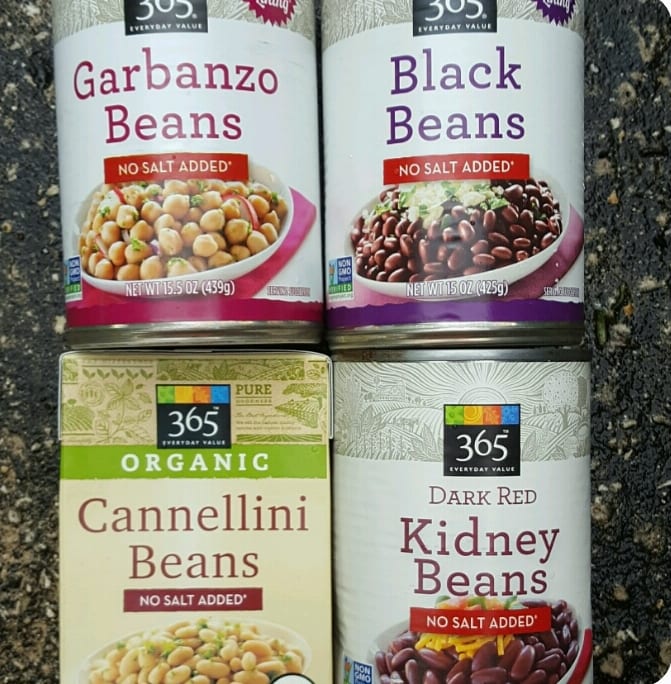
Next item – some of the breads I have on hand: I’ve been buying the Ezekiel bread (or the Trader Joe’s version of Ezekiel bread) otherwise known as sprouted bread. Sprouted bread contains the whole grain (or kernel, or berry) of various seeds after they have been sprouted. I’ll then rotate back and forth between the English muffins from Trader Joe’s or the Eureka brand bread – they have a few versions of flavors varying the nuts/seeds. My goal is to make my own bread but until this point I haven’t had much success – I might just have to break down and buy a bread maker. Until then, these are a few breads I rotate through.

Canned items – Salt (sodium) lurks in most canned/boxed items. I always opt for the unsalted version. My palate has adjusted and I season with other spices/herbs that I have on hand. People often tell me that I must like bland food. I often challenge myself to make a dish have flavor with all the spices – believe me when I tell you, you won’t even know it’s missing once you start cutting back. The recommendation for sodium is just 2,300 mg (roughly 1 teaspoon) and Americans are far exceeding that recommendation. Here are a few items that I use, canned/boxed, that are unsalted if I can’t make it homemade or find fresh. This brand of vegetable/chicken/beef stock comes unsalted. Normal brands carry 2,400 mg of sodium in a box. This brand only has 600 mg for the whole box! It’s still loaded with flavor. This spaghetti sauce is my go to sauce (don’t tell my mom I don’t make it homemade!) Brands can range for a ½ cup to have anywhere from 250 mg – 850 mg of sodium. Gia Russa’s brand has just 15 mg of sodium per ½ cup. It may lack sodium but it does not lack flavor! Last I always have some canned or boxed tomatoes around – while it’s summer now and the tomatoes are in season, it’s always good have to some extra tomatoes on stand by (to throw in a soup or dish with real tomatoes).
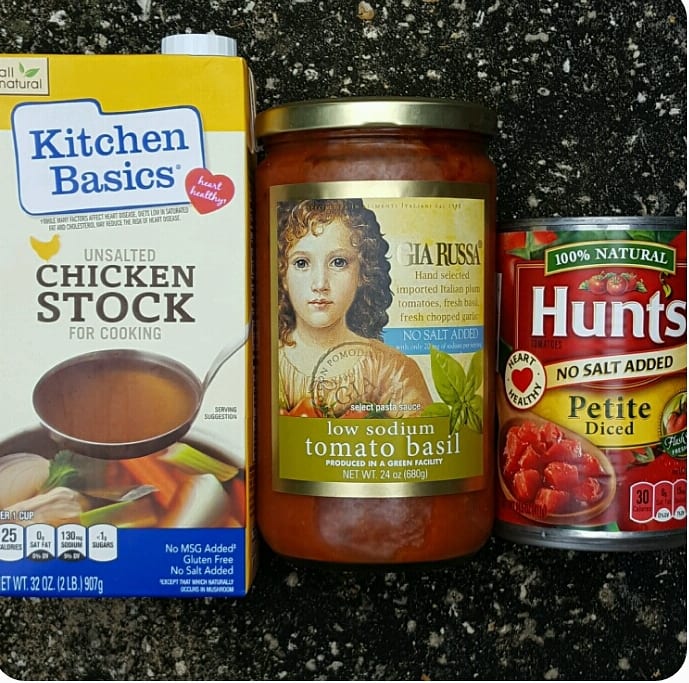
Grains – I’ll admit it. I’m a snob when it comes to brown rice. Regular brands in the grocery store just don’t cut it for me. I’ve had the real deal and that comes from the Chinese supermarket. Once you’ve had the real stuff you won’t go back – not to mention when people tell me they don’t “like brown rice” I explain that they probably haven’t had a good experience with it and that makes sense. I rotate through my grains when I make grain bowls and I always have a few around – whole wheat couscous, farro, barley, and quinoa. And with my pasta I have all whole wheat versions – be it the orzo in the picture, rice noodles, or just regular pasta.
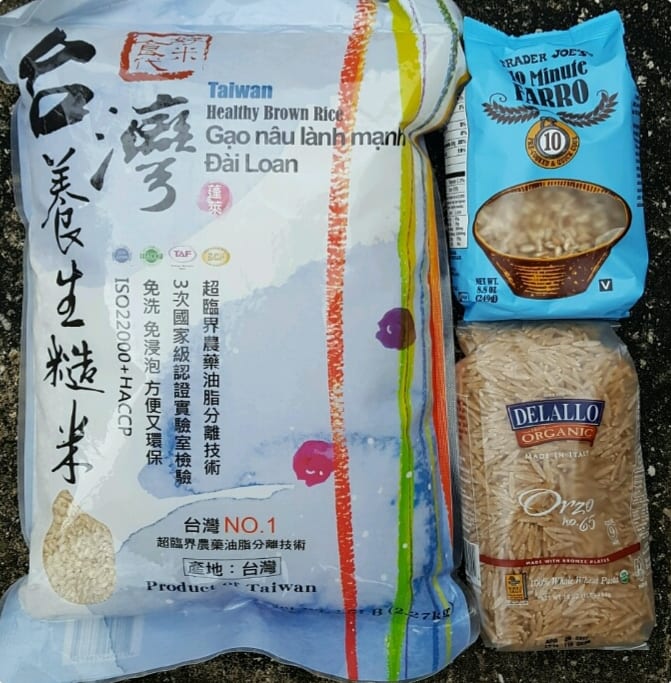
In the summer I’ve been having a homemade muesli that I throw together. It allows me to have the rolled oats but not cooked – it’s too hot for oatmeal in the summer in Miami. So for breakfast I rotate and have the muesli or my whole grain bread (with nuts butters) – what can I say, I’m a creature of habit. I save the eggs for the weekend! Akmak is my go to cracker. Super flavorful and perfect for cheese and crackers, hummus and crackers, or whatever you fancy. I’ve even had it with a little ricotta cheese, tomato, basil, and a drizzle of vinaigrette – delish!
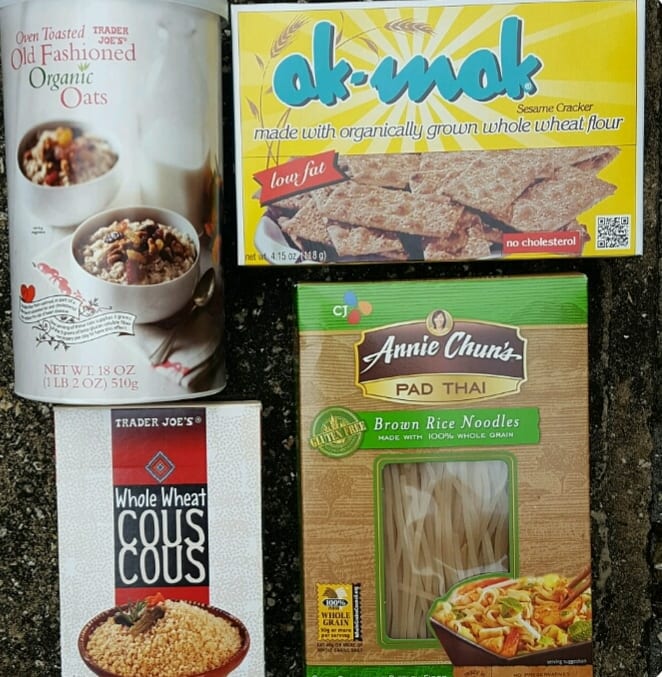
So there you have it. A round up of sorts of how to navigate the supermarket. I know it can seem overwhelming. Part of the reason is that there are so many new products being introduced yearly. I definitely can’t keep up with all the new items. Manufacturers are producing what they think you the consumer want. See the above rules to help you solve that problem – stay away from the center aisles, otherwise known as packaged and processed junk food. Problem solved.
